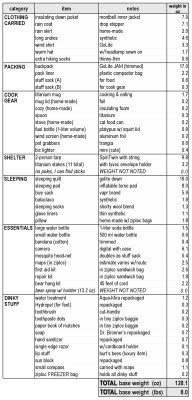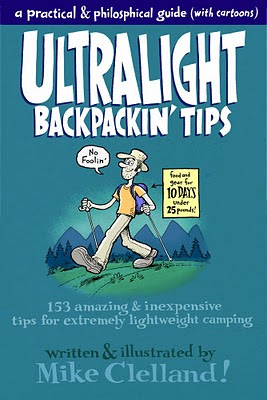The term "in camp" defined
If you're truly on a roll using every trick to boost efficiency, there should be only mere minutes between sleeping and hiking. If you are cooking meals on-trail (see tip 70, eat dinner on the trail) you can hike ‘til bedtime and quickly climb into your bag and sleep. In the morning, you simply roll out of bed and start hiking again.
With this streamlined strategy, the term “in camp”
doesn’t really mean anything.
But, if you wanna relax at the end of the day (and the next morning) in a beautiful spot, you’ll be plunked down in one spot for an extra bunch of hours. This is a traditional form of camping and this lazy zone of dinner/sleep/breakfast is known as being
in camp.
If this has been your time-honored mode of camping,
I implore you to re-think your standard operating procedures. (see tip 24, the human factor) No need to spend time simply parked in one place. Yes, it might be beautiful in camp, but so is moving through the Wilderness with a UL pack. You can drink in that same beauty as you travel.
The traditional camper will only find his comfort
in camp, and only after the crippling backpack is jettisoned off his back. The ultralight camper finds their comfort on the trail.
Here's an example. Why sit in one place when you can effortlessly glide down the path, like a hovercraft of groovyness! (Wind River Range, Wyoming)









